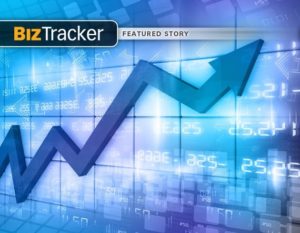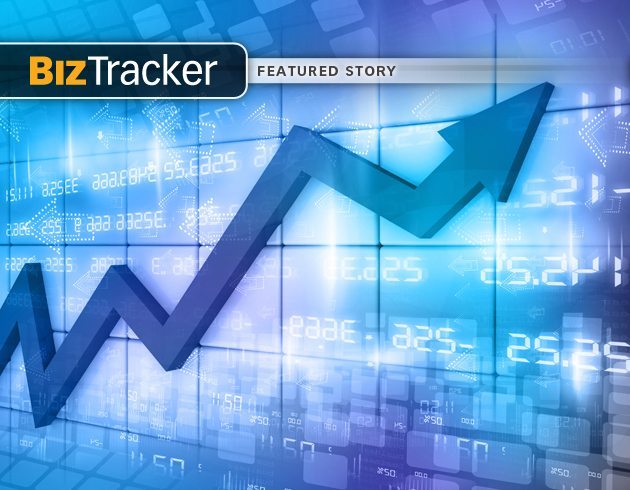WASHINGTON (Reuters) – U.S. economic growth braked sharply in the third quarter as businesses cut back on restocking warehouses to work off an inventory glut, but solid domestic demand could encourage the Federal Reserve to raise interest rates in December.
Gross domestic product increased at a 1.5 percent annual rate after expanding at a 3.9 percent clip in the second quarter, the Commerce Department said on Thursday.
The inventory drag, however, is likely to be temporary and economists expect growth to pick up in the fourth quarter given strong domestic fundamentals.
“The guts of the report were healthy, they still show strong underlying momentum in the economy and that puts a December rate hike firmly on the table,” said Thomas Costerg, a U.S. economist at Standard Chartered Bank in New York.
The Fed on Wednesday described the economy as growing at a “moderate” pace and hinted at a December rate increase by making a direct reference to its next policy meeting. The U.S. central bank has kept benchmark overnight interest rates near zero since December 2008.
Stocks on Wall Street and prices for U.S. Treasury debt fell on the data. The dollar weakened against a basket of currencies.
The economy has struggled to sustain a faster pace of growth since the end of the 2007-2009 recession, with average yearly growth failing to break above 2.5 percent. This year, it has faced headwinds from a strong dollar and deep spending cuts by energy firms following a collapse in oil prices.
Businesses accumulated $56.8 billion worth of inventory in the third quarter, the smallest since the first quarter of 2014 and down sharply from $113.5 billion in the April-June period. There were declines in manufacturing, wholesale and retail inventories.
The small inventory build sliced off 1.44 percentage points from third-quarter GDP growth, the largest since the fourth quarter of 2012.
“That inventory drawdown represents a bit of a healthy purge that should set the economy up for stronger growth in the coming quarters,” said Jim Baird, chief investment officer for Plante Moran Financial Advisors in Kalamazoo, Michigan.
The blow from inventories was, however, blunted by bullish consumers, who are getting a tailwind from cheaper gasoline and firming housing and labor markets.
Consumer spending, which accounts for more than two-thirds of U.S. economic activity, grew at a 3.2 percent rate after expanding at a 3.6 percent pace in the second quarter. A measure of private domestic demand, which excludes trade, inventories and government spending, rose at a sturdy 3.2 percent pace.
Spending is likely to remain supported by a fairly healthy labor market and low inflation, which is boosting household purchasing power. Income at the disposal of households increased 3.5 percent in the third quarter after rising 1.2 percent in the prior quarter.
“The consumer remains the main engine of economic growth. We expect this dynamic to remain in place,” said Jesse Hurwitz, an economist at Barclays in New York.
A separate report from the Labor Department showed new applications for unemployment benefits last week hovering near levels last seen in late 1973.
With the dollar strengthening, export growth decelerated in the third quarter. The drag was, however, offset by a slowdown in imports, especially automobiles, leaving trade’s impact on growth neutral.



